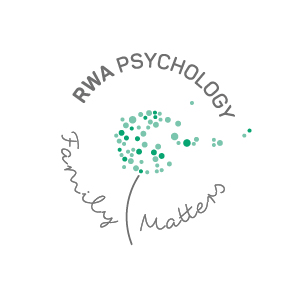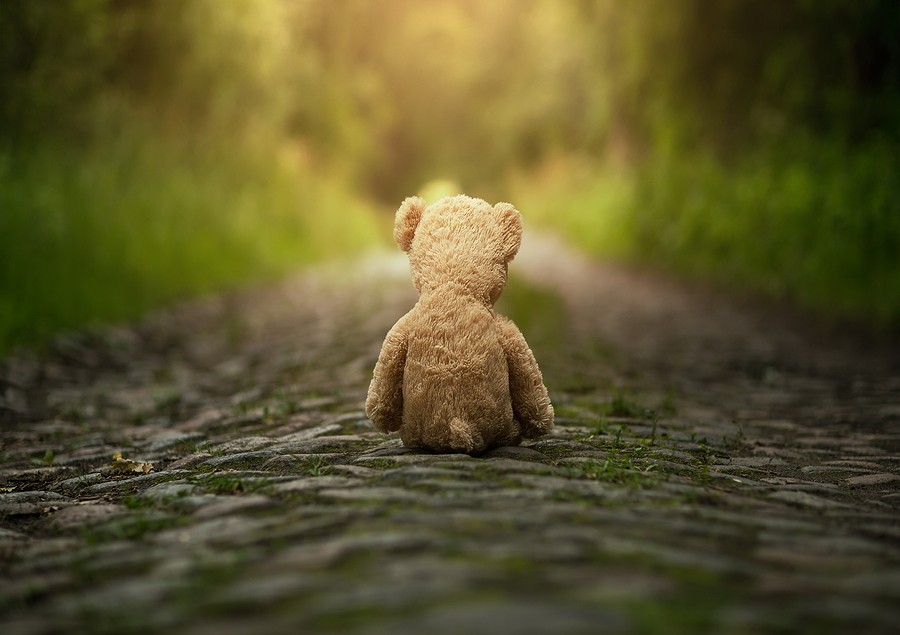As the new school year gets underway, thousands of young children will be starting preschool and kindergarten. For many of them, this will be their first experience of being away from familiar faces and environments.
Fortunately, for most children this is a smooth transition. However, about 1-in-25 young kids will find this a daunting and anxiety-provoking experience associated with high levels of distress. This is known as Separation Anxiety Disorder (SAD).
Symptoms
Symptoms of separation anxiety disorder may include excessive distress upon separation, persistent worry about bad things happening to parents, refusal to be alone, difficulty settling and sleeping at night without parents nearby, and/or physical symptoms including headaches, stomach aches and nausea at times of separation.
Some separation anxiety in babies and toddlers is a normal part of development. 'Stranger danger,' for example, with associated reluctance to be held by anyone apart from primary caregivers, typically occurs at about 9 months of age and may persist for some time.
Despite the fact that most children may experience some anxiety in new situations, usually their natural curiosity takes over and they are able to tolerate increasing degrees of separation from caregivers.
Consider for example a child visiting a busy playground for the first time...he may initially cling to the leg of his caregiver, reluctant to join the other children. Slowly, however, the child takes hesitant steps towards the play equipment, often looking back to make sure the trusted adult is still there watching on.
Children with separation anxiety on the other hand may not tolerate even brief forays into the playground. This may present challenges in other environments as well, such as parties, family gatherings and later of course pre-school and school.
Parents of school age children with separation anxiety disorder often report that the anxious behaviours start before even leaving the house. These behaviors can include clinginess, tearfulness, or refusal to get dressed. And then of course there is the 'drop-off,' when the child's distress can escalate to alarming levels.
Separation anxiety can be equally distressing for parents. Feelings of guilt, anxiety, sadness, and dread may start to emerge prior to the morning drop-offs as the parent braces him or herself for the storm of tears to come.
What You Can Do About Separation Anxiety
Here are some tips to address separation anxiety:
1. Settle your child in an activity or with a friend or 'buddy' before you go and keep the goodbyes short. Avoid lengthy drawn out departures.
2. It may also be helpful to speak with school staff to let them know that your child is having difficulties. They can then make arrangements to assist in settling your child from the moment he/she arrives at school.
3. Prepare yourself and try to remain as calm as possible. Avoid showing any sadness or anxiety that you might be feeling. Reassuring your child is very important. If he or she senses that you are having difficulty with the separation also, she may become more distressed.
4. In many cases, separation anxiety improves on it's own. However if the anxiety doesn't improve or worsens over time, if it is associated with school refusal, or if it leads to high levels of distress within the family, you may wish to consider seeking professional help and contact RWA Psychology to speak with our specialists.

We've tailored the services at RWA Pyschology - Family Matters to all age groups from young children to adolescents and adults - and we have specialists in crisis, short/medium term counselling and longer term psychotherapy.
Call RWA psychology for an appointment with one of our psychologists.
